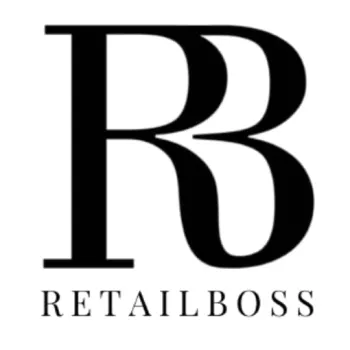Retail and hospitality brands may operate differently, but music provides a powerful, shared strategy for enhancing customer experience. Both industries increasingly rely on background playlists to shape their environments, boost customer satisfaction, and solidify brand identity. By examining the strategic use of music across these sectors, businesses can uncover valuable insights to enhance their own customer experiences.
How Music Shapes Customer Behavior
Music significantly influences consumer behavior, even if customers are unaware of it. In retail environments, background music directly affects how long customers stay, their perception of wait times, and their likelihood of making a purchase. Research has demonstrated that slower-paced music can encourage shoppers to spend more time browsing, leading to increased sales. Similarly, restaurants utilize music to impact dining speed, perceived quality of service, and overall guest enjoyment.
Retailers can learn from hospitality by selecting music that encourages shoppers to slow down, making their experience more enjoyable without overt sales pressure. Meanwhile, restaurants can take inspiration from retail by choosing upbeat music during busy times, subtly influencing faster dining without sacrificing customer satisfaction. For instance, quick-service restaurants can strategically use faster tempos to gently encourage customers to complete their meals more quickly during peak periods.
Building Brand Identity Through Sound
While businesses often emphasize visual branding, sound also significantly contributes to a memorable customer experience. Retail stores excel at aligning music choices with their brand image. High-end boutiques typically use sophisticated electronic playlists, while casual brands choose contemporary pop hits that resonate with their younger audiences. This consistency in audio branding reinforces customers’ perceptions and increases recognition.
Restaurants can similarly benefit from aligning their curated background playlists for restaurants with their unique atmosphere and cuisine. Family-oriented venues may opt for classic, familiar songs that foster comfort, whereas trendy restaurants might choose indie or electronic tracks to amplify their modern appeal. By applying retail’s precision in music selection, restaurants can enhance their ambiance and foster stronger emotional connections, reinforcing the overall brand experience.
Increasing Customer Dwell Time and Engagement
The duration customers spend in a location, known as dwell time, significantly impacts business success in retail and hospitality. Hospitality venues, such as cafés and bars, frequently use softer, calming music to encourage guests to linger, order additional items, and enjoy the social atmosphere. Retailers can mirror this approach by incorporating softer licensed music for retail stores during less busy hours, promoting longer visits and larger transactions.
Conversely, hospitality businesses can adopt retail practices by selecting energizing music during peak periods, creating an exciting atmosphere that aligns with customer expectations during busier times. This approach keeps the environment vibrant, encourages turnover without pressure, and maximizes operational efficiency.
Maintaining Compliance and Consistency Across Locations
Managing music across multiple locations poses challenges for both retail and hospitality businesses, particularly regarding consistency and legal compliance. Tech-enabled music services now provide centralized solutions, enabling businesses to control music selection, scheduling, and licensing through one streamlined platform. This approach ensures consistent branding and legal compliance across multiple venues, mitigating risks associated with music copyright infringement.
Retailers managing multiple locations can gain valuable insights from hospitality chains, which frequently utilize integrated platforms to ensure uniform ambiance across all venues. Likewise, hospitality operators can benefit from retail’s methodical scheduling of music playlists to create appropriate moods tailored to different times of day and customer preferences. Centralized systems simplify operations, reduce risks, and offer analytics to further optimize music choices.
Creating Emotional Connections Through Music
Both retail and hospitality brands strive to establish meaningful emotional connections with their customers. Thoughtfully chosen music can significantly enhance these connections by creating memorable and enjoyable customer experiences. Businesses that understand music’s power to evoke specific emotions, such as comfort, excitement, or nostalgia, can intentionally craft atmospheres that resonate deeply with customers.
Restaurants can adopt retail’s expertise in emotionally resonant music choices to strengthen customer loyalty. Similarly, retailers can draw from hospitality’s experience using music to foster relaxation and enjoyment, improving the overall shopping experience. Music can bridge the gap between brand intent and customer perception, creating lasting emotional impressions.
Shared Strategies for Improved Experiences
Retail and hospitality businesses have much to learn from each other’s effective music strategies. As both sectors increasingly recognize music’s importance in shaping customer experiences, cross-sector insights offer significant opportunities. By thoughtfully applying lessons from each industry, businesses can enhance their environments, improve customer satisfaction, and encourage sustained customer loyalty.

















